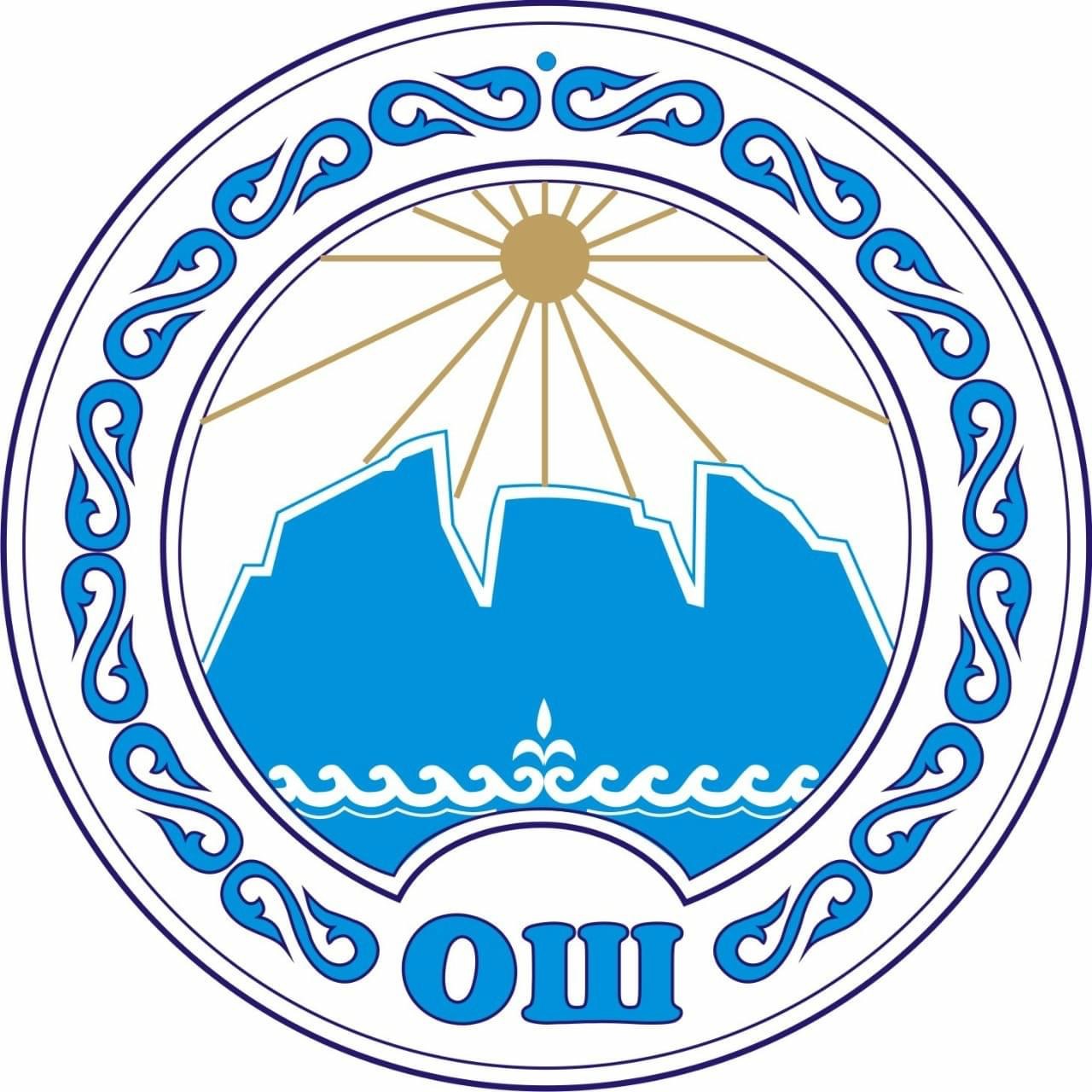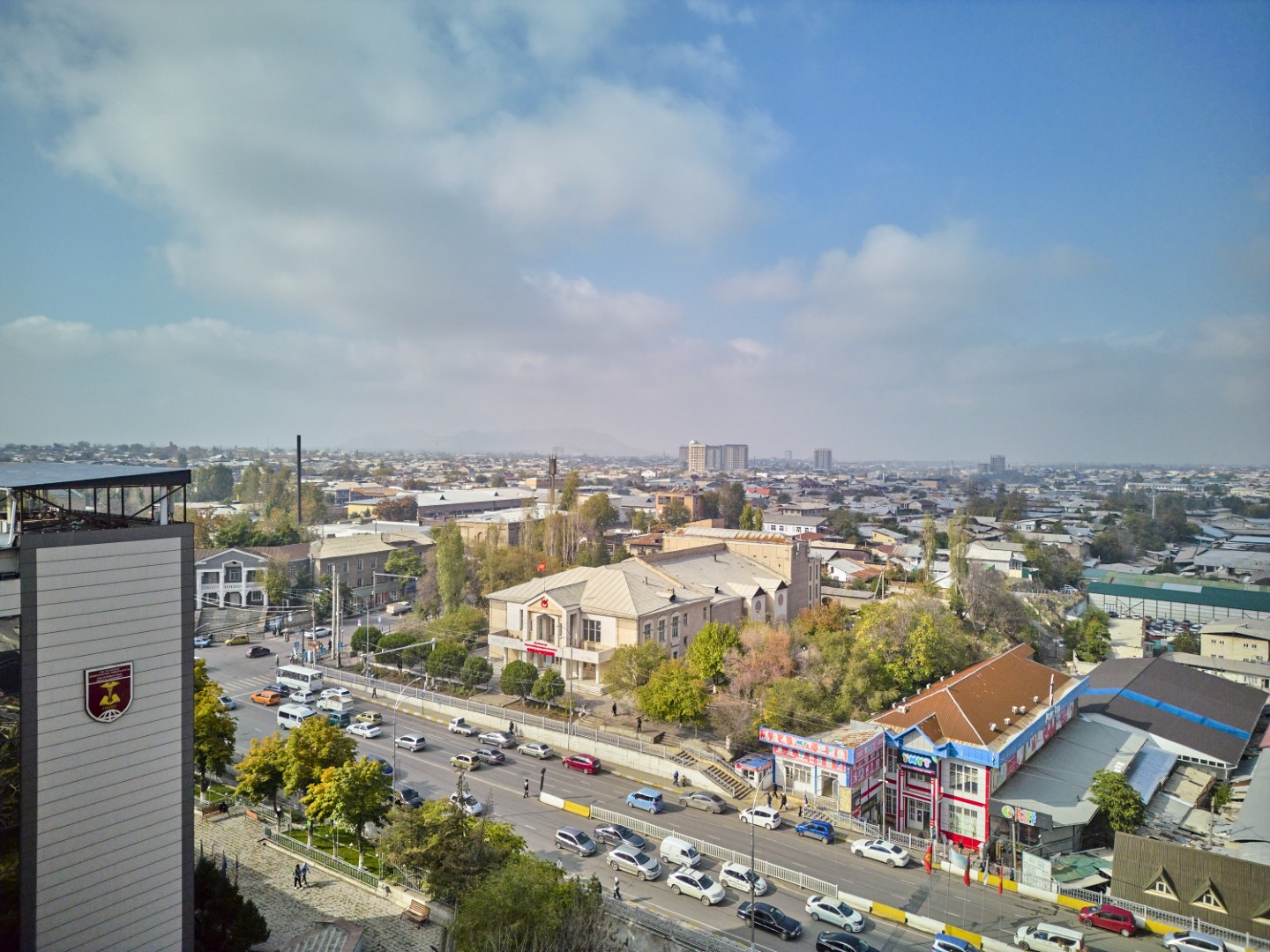

Entrance fee – Free

06:00 – 20:00

During prayer times
Women must cover their heads

Osh Philharmonic building
Add to My Tour
Madrasah of Khalmurzay and Mukhammedbay Turk
Today, in the square between Navoi, Kurmanjan Datka and Lenin Streets, it is difficult to find the outlines of the old quarter of Osh. It lost its historical contours in the 1960s, when a rapid reconstruction began. The ancient mosques, madrasahs and caravanserais were replaced by new buildings, constructed in the Soviet style.
On the site of the former Alai Hotel, which is now a student hostel, there once stood a wonderful caravanserai, a madrasah and a beautiful Friday mosque. Luxurious century-old oriental plane trees grew in the courtyard of the mosque. All that was destroyed to make way for first the Rodina (“Homeland”) Cinema, and then for a hotel.
At the end of the 19th century, there were 154 mosques and 88 madrasahs in the Osh district. In religious schools housed within mosques, children were taught basic literacy by reading the Koran, and children from wealthy families studied in madrasahs.
Khalmurzay Madrasah was located where the Osh Regional Philharmonic Hall is now (formerly the Kosmos Cinema). The cells that housed the madrasah students were situated practically on the cliff edge overlooking the river. In the 1940s and 1950s, the Osh Regional Museum of Local Lore was temporarily located there. At the foot of the cliff is the entrance to the old bazaar, and on the left the park.
On the same street opposite was the Madrasah of Muhammadbay Turk Khal Muratbaev. Unfortunately, no record remains about the people for whom these madrasahs were named. In the 1930s, the building of the Muhammadbay madrasah was transferred to the Osh Uzbek Music and Drama Theatre named after Kirov (now named after Babur). In 1979, when the theater moved to a new building, the madrasah was destroyed, and the building of the former Osh Regional Consumer Union was built in its place.
Taking this quarter of Osh as an example, you can clearly see how shifts in power impact the life and history of a city. The mid-to-late 20th century saw the destruction of the old world of Osh to make way for a new world. As a result, not a single madrasah building, so beautifully captured in old photographs, has been preserved in Osh.

Locations Nearby
-
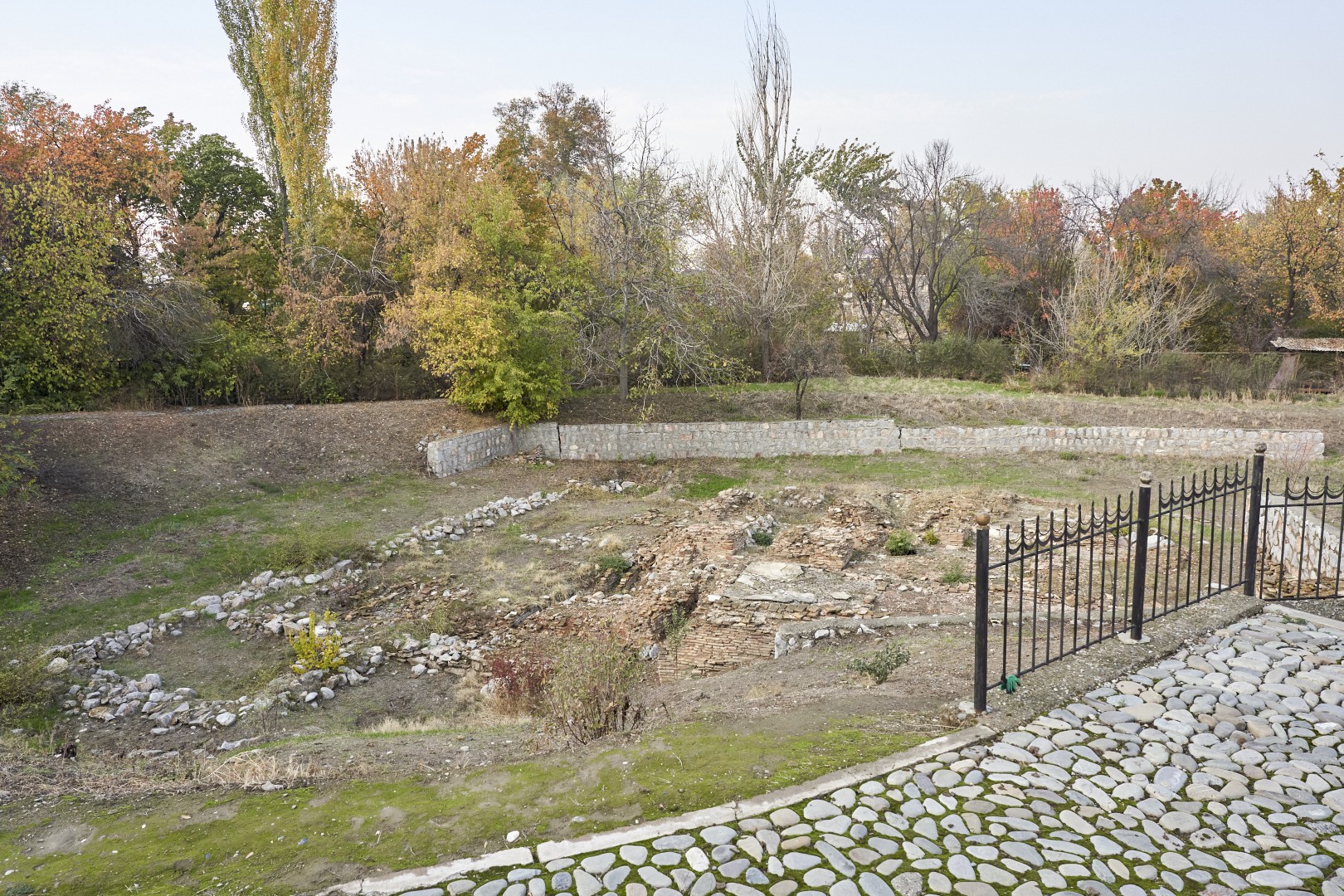
Medieval Bath
The remnants of a medieval bathhouse at the northern foot of Suleiman Mountain were discovered quite unexpectedly in 1984 during construction work for a new…
-
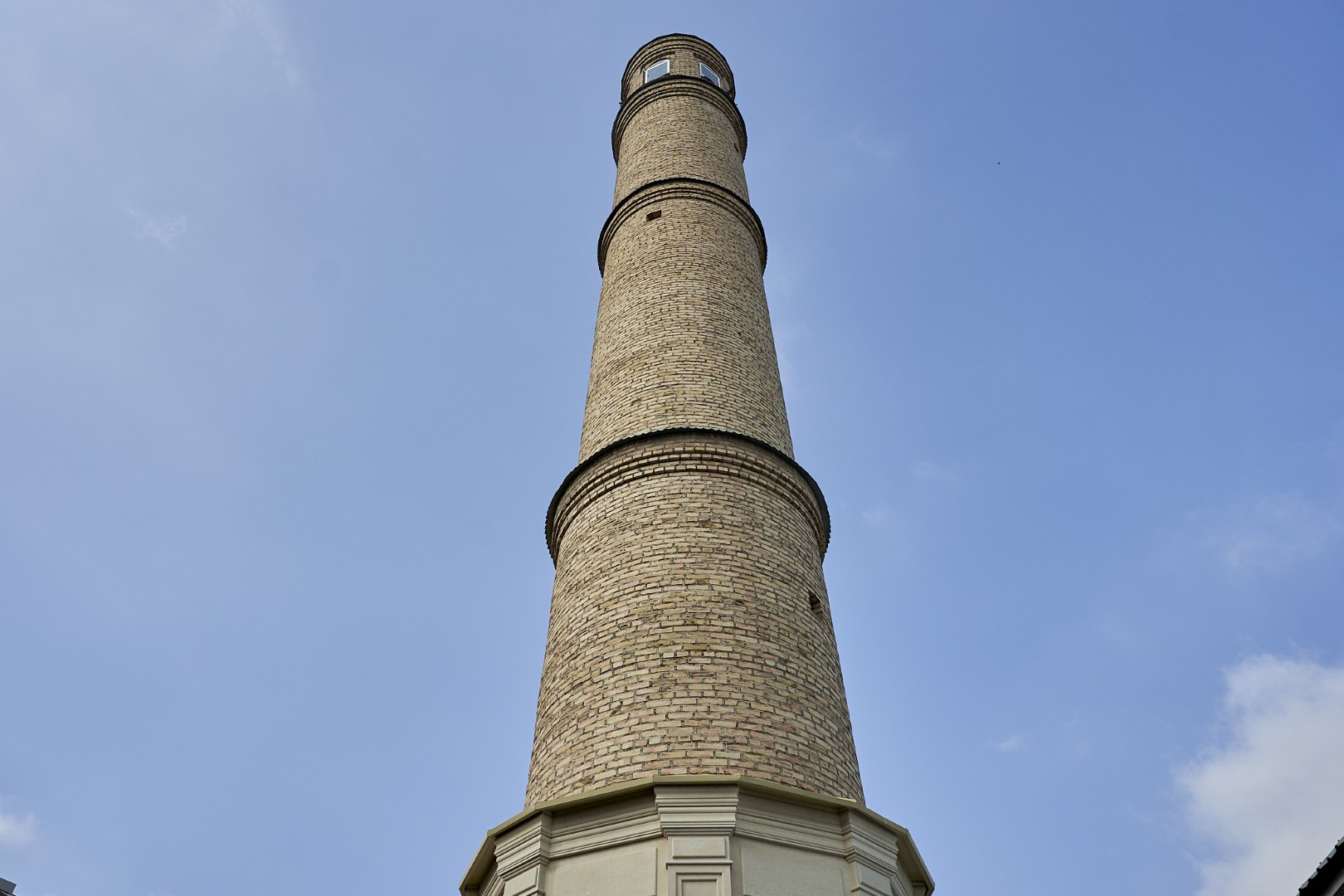
Mosque of Mohammed Yusuf Bai Haji Ogli
Mohammed Yusuf Bai Haji Ogli Mosque, an architectural monument of the 20th century, located on Navoi Street, is an example of a “guzar” (quarterly) religious…
-
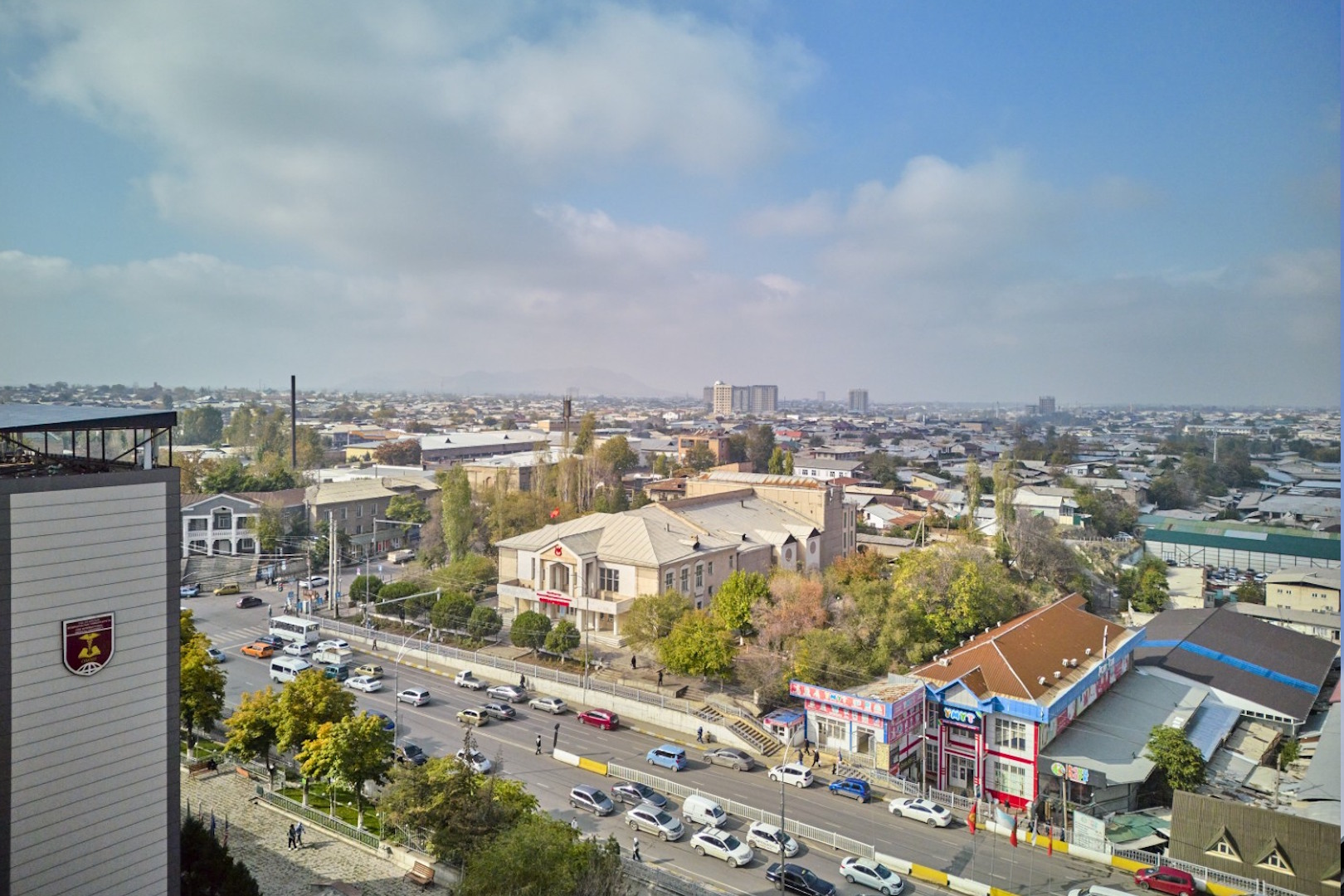
Madrasah of Khalmurzay and Mukhammedbay Turk
Today, in the square between Navoi, Kurmanjan Datka and Lenin Streets, it is difficult to find the outlines of the old quarter of Osh. It…
-
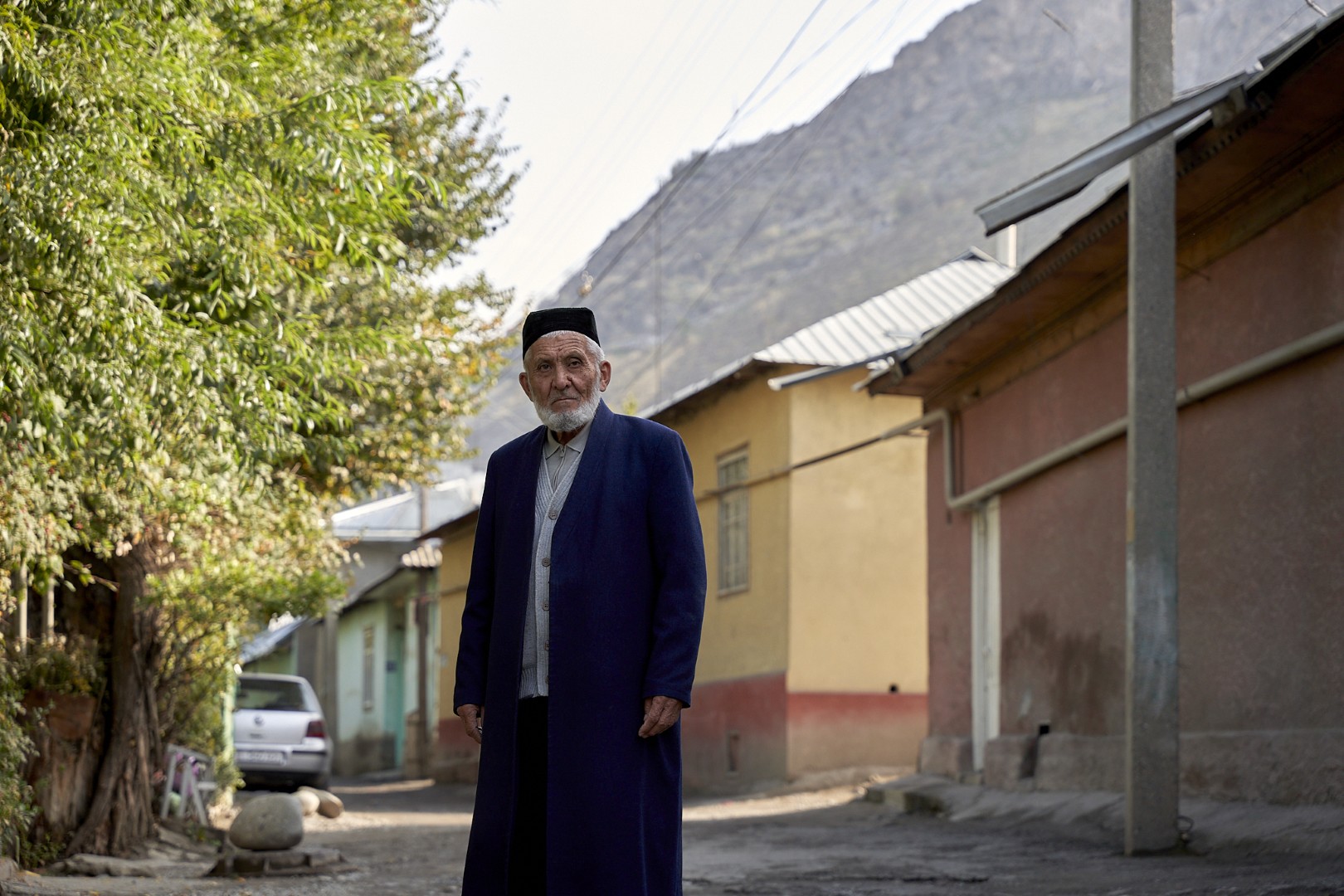
Artisans Quarter
Artisans Quarter is one of the favorite urban subjects of Osh painters. After Suleiman Mountain, it is the most recognizable location portrayed by local landscape…
Other Locations
-
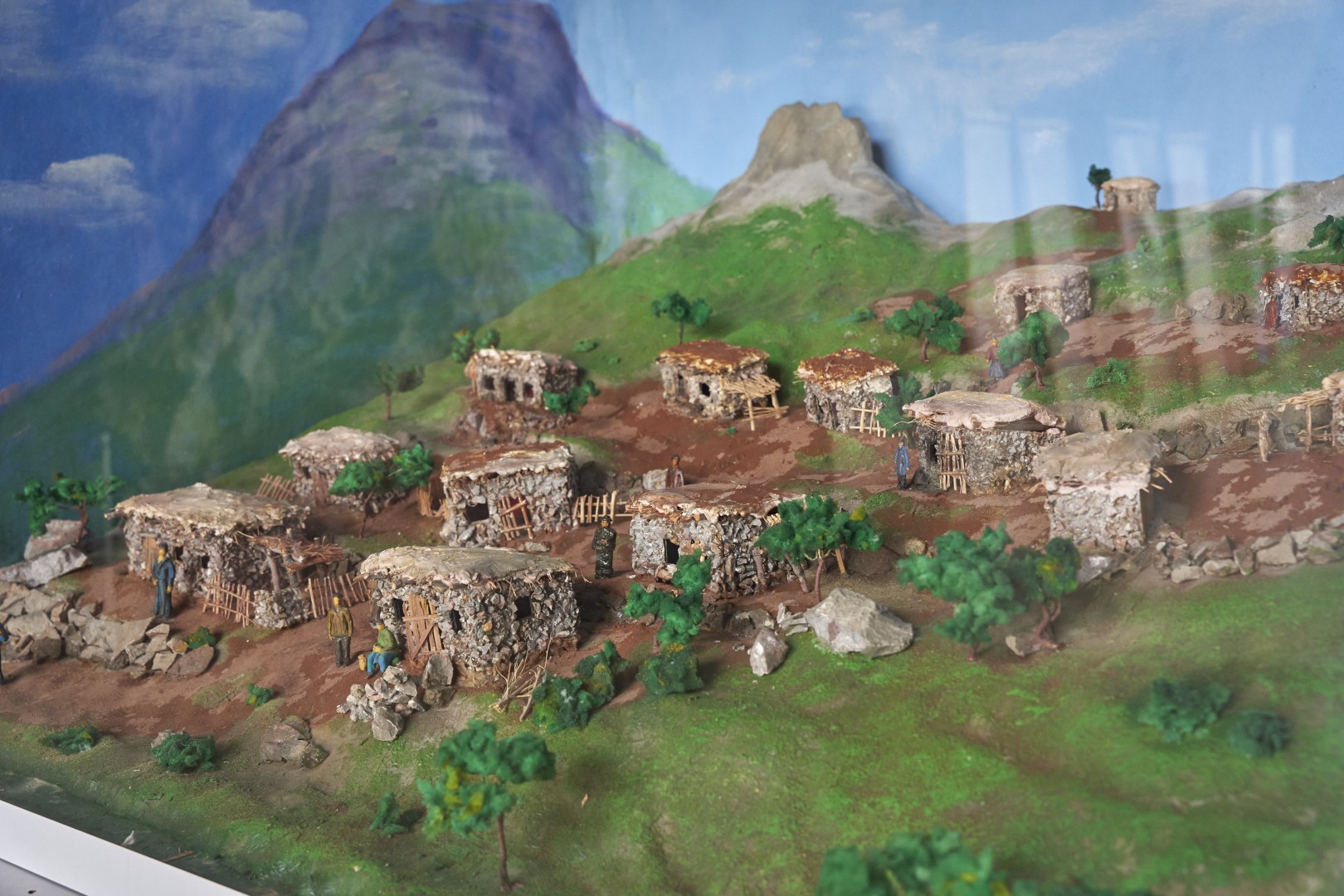
The beginning: Osh settlement
In 1967, Elena Druzhinina, the Head of the Pre-Soviet History Department of the Osh Regional Local History Museum, found fragments of ceramics identical in origin…
-
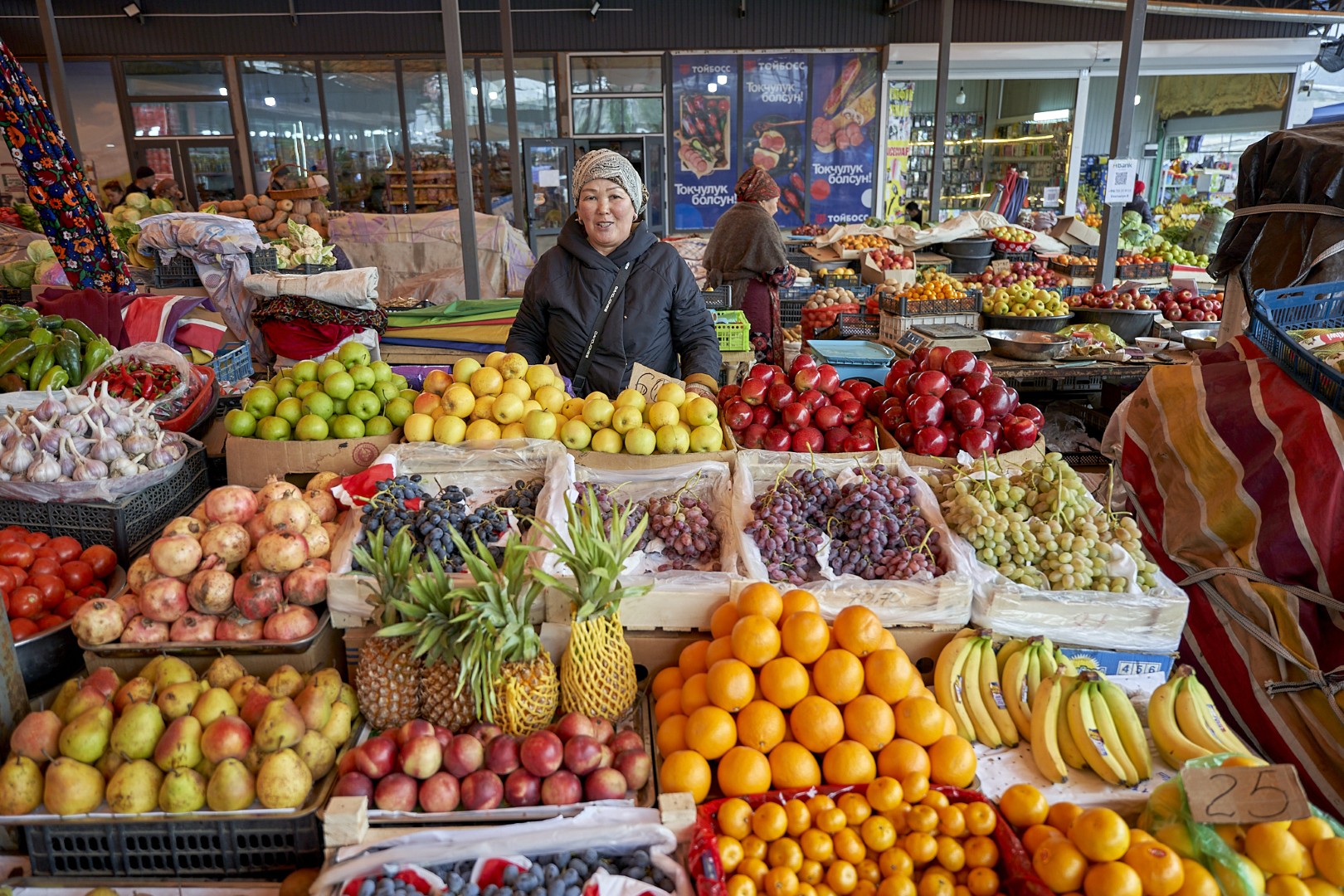
History of the Bazaar
Osh’s old bazaar dates back to the founding of the city, some three thousand years ago. Today, many of the smaller local bazaars have disappeared…
-
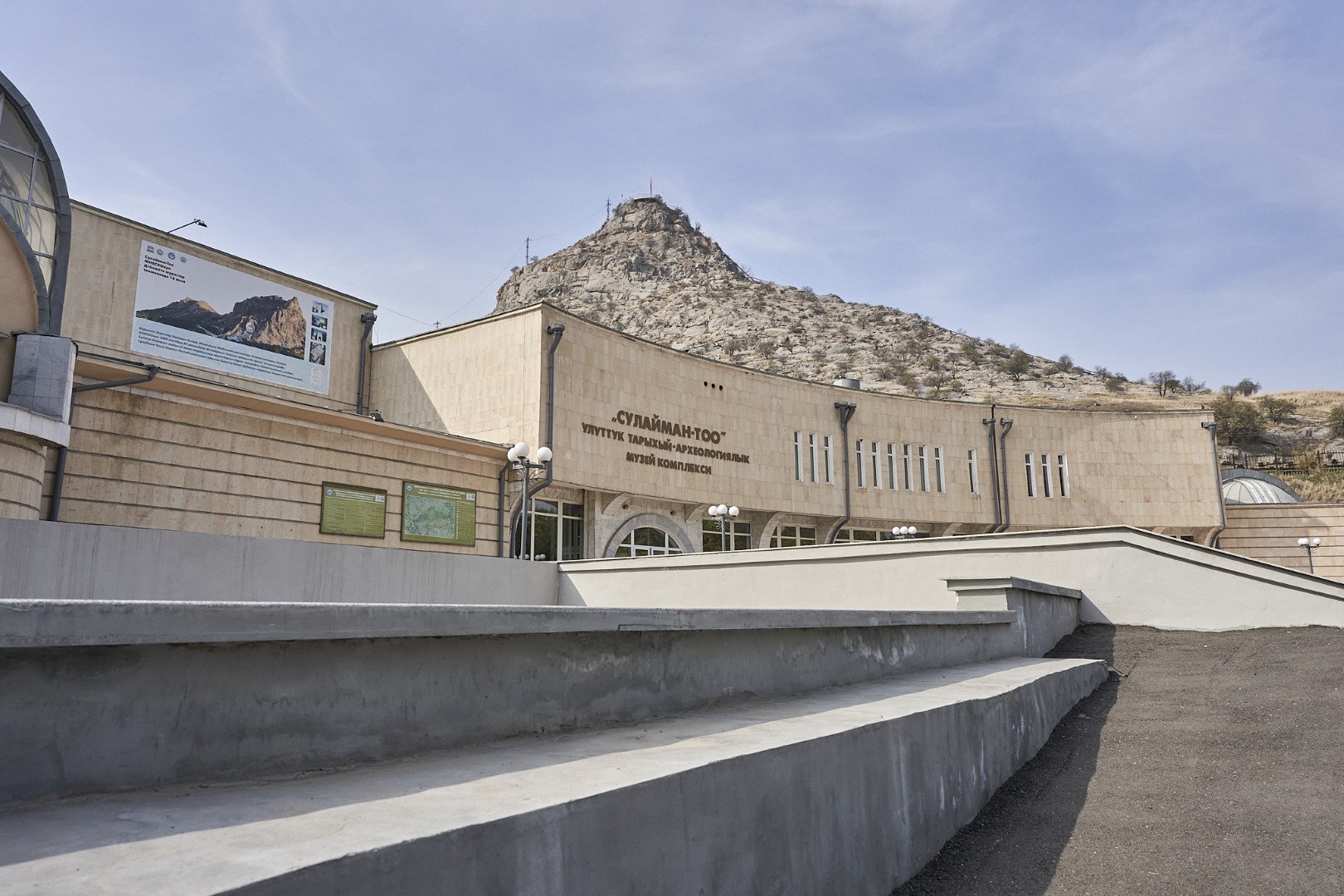
“Zero Milestone”: At the foot of Suleiman Mountain
The square at the foot of Suleiman Mountain’s north face has not always been the open and lively place it is today. Until the 1970s,…
-
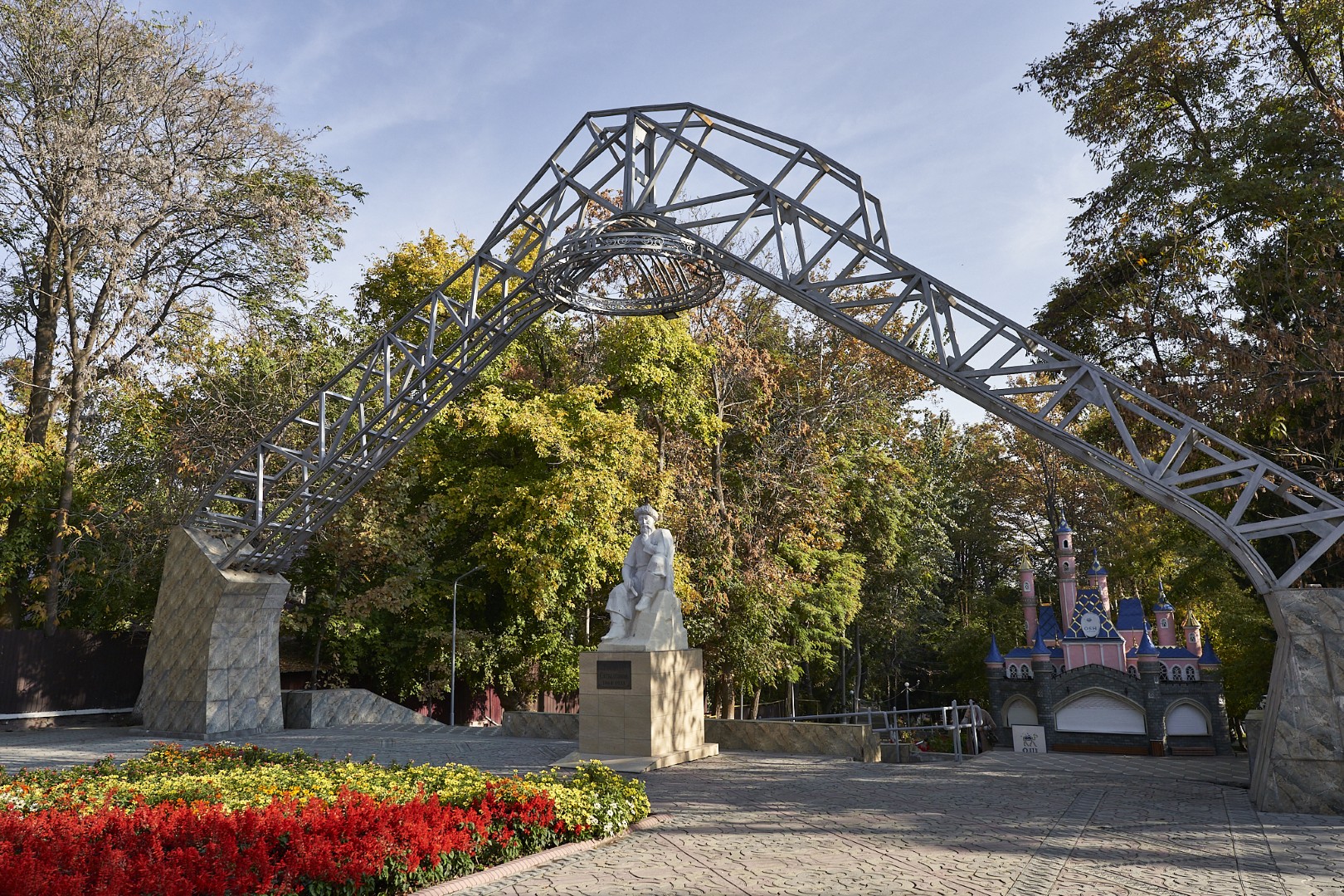
Toktogul Park
One of the oldest city parks in Osh, Toktogul Park was founded in 1878 as the city garden of the Governor-General. During the same period,…



